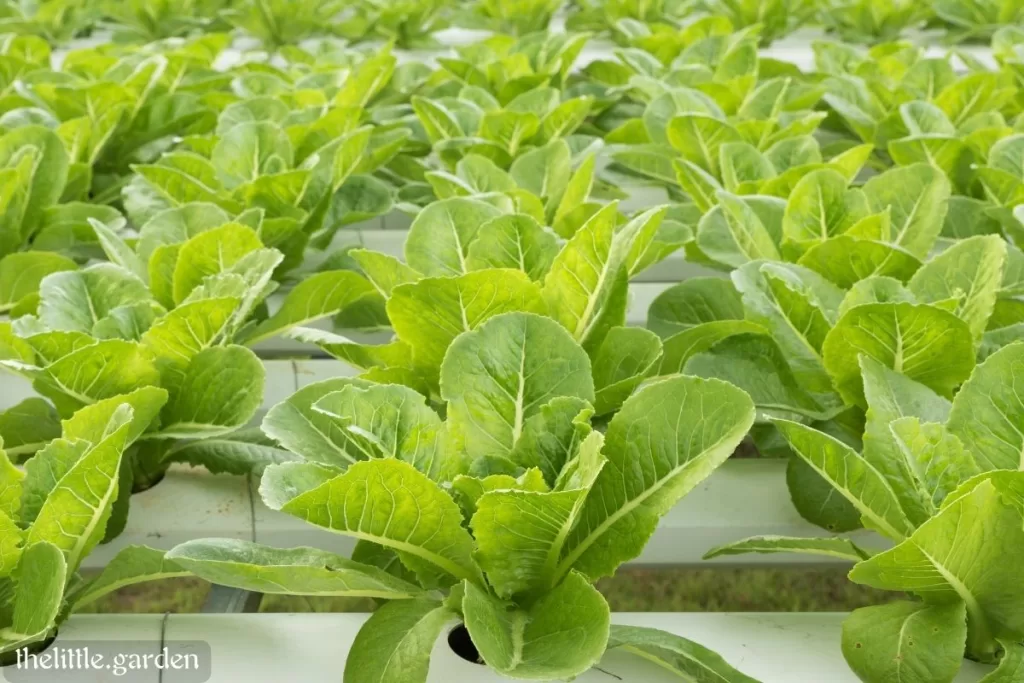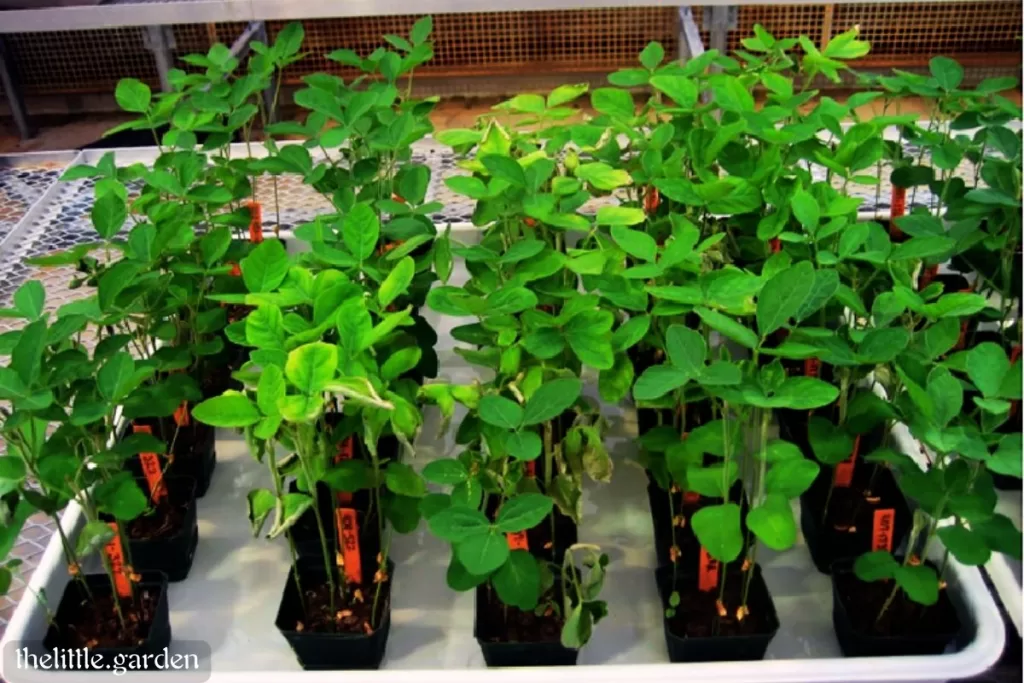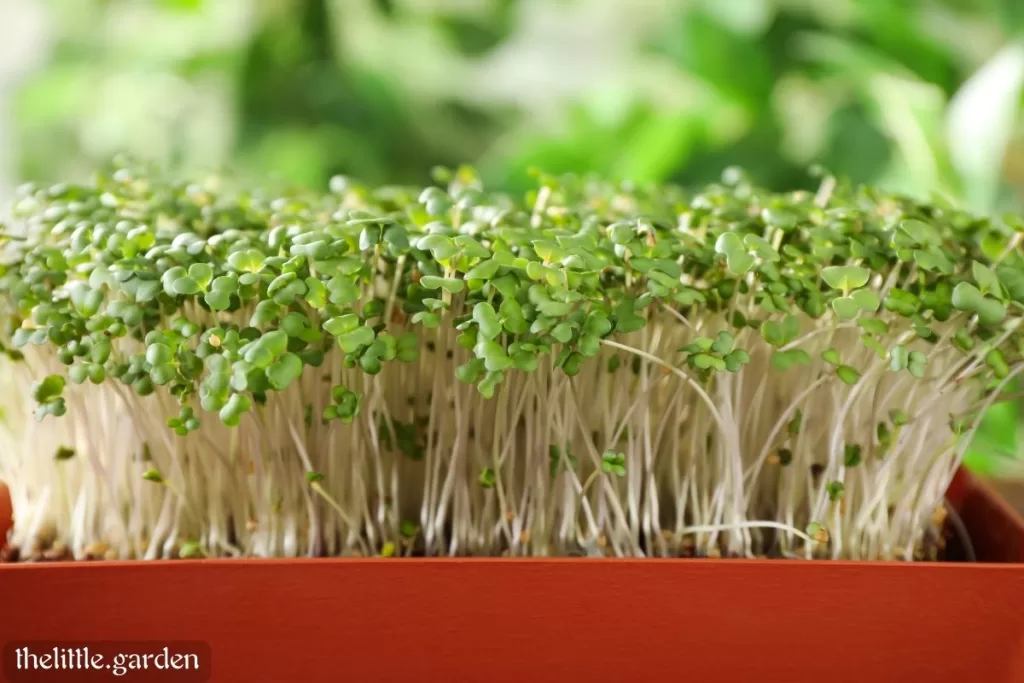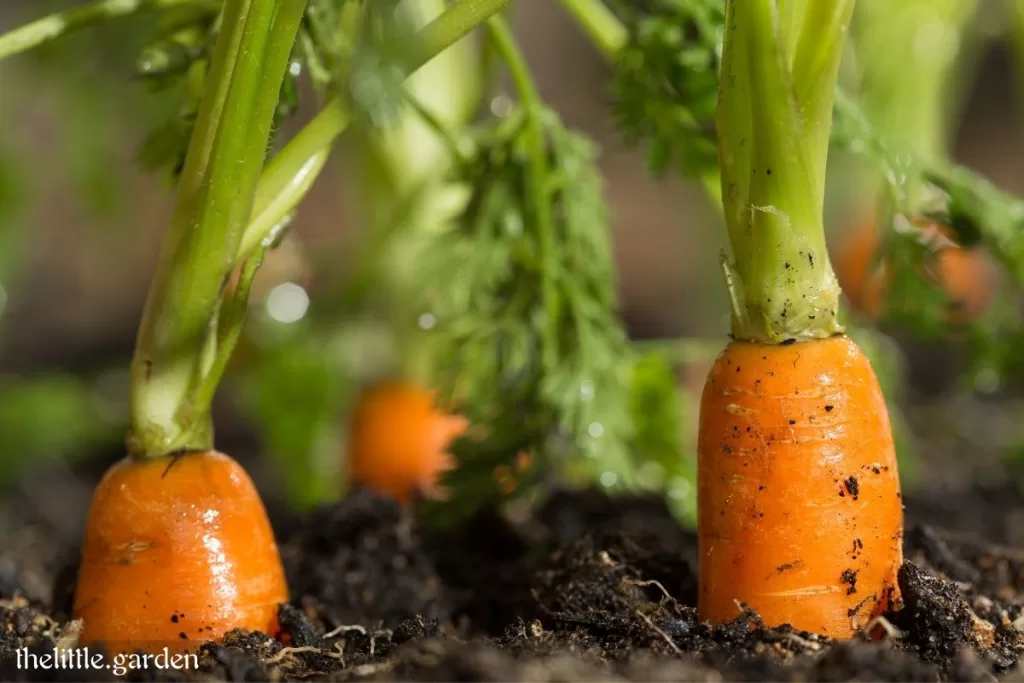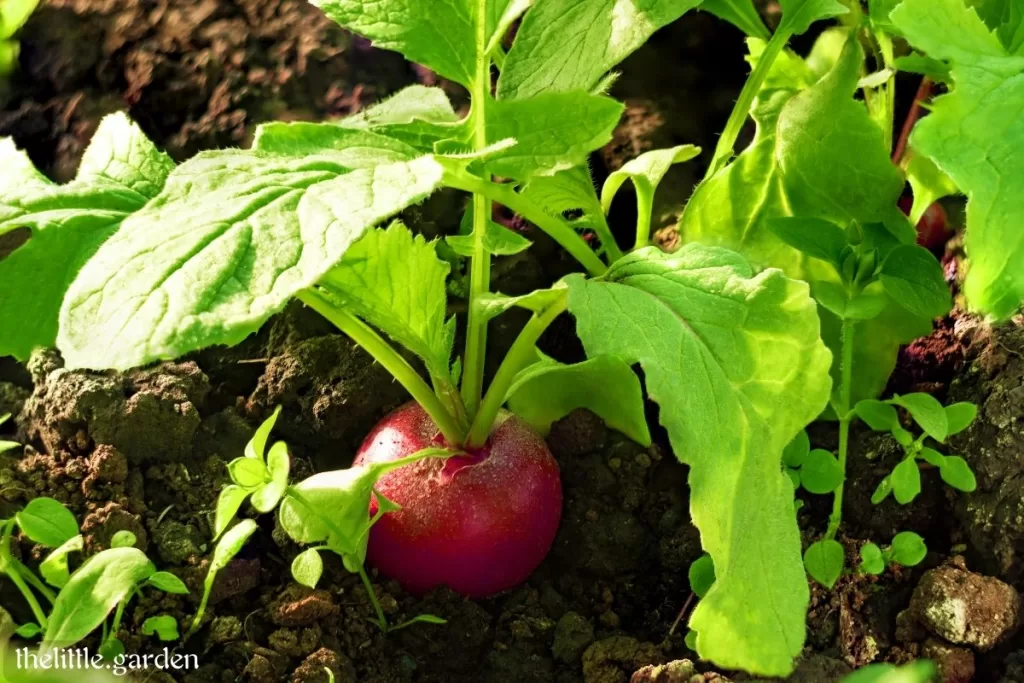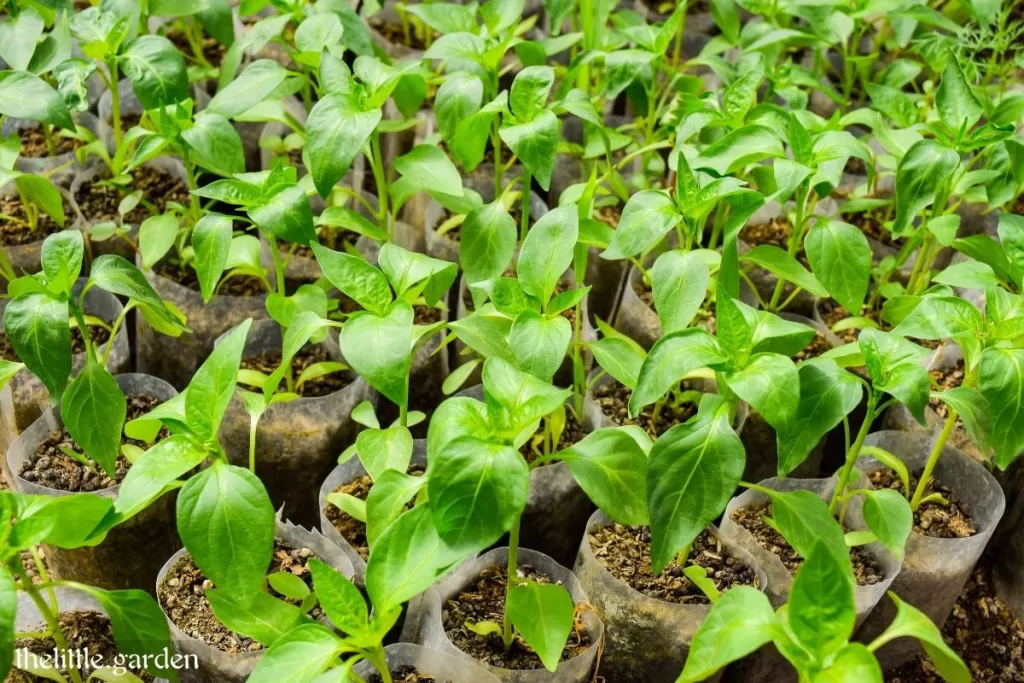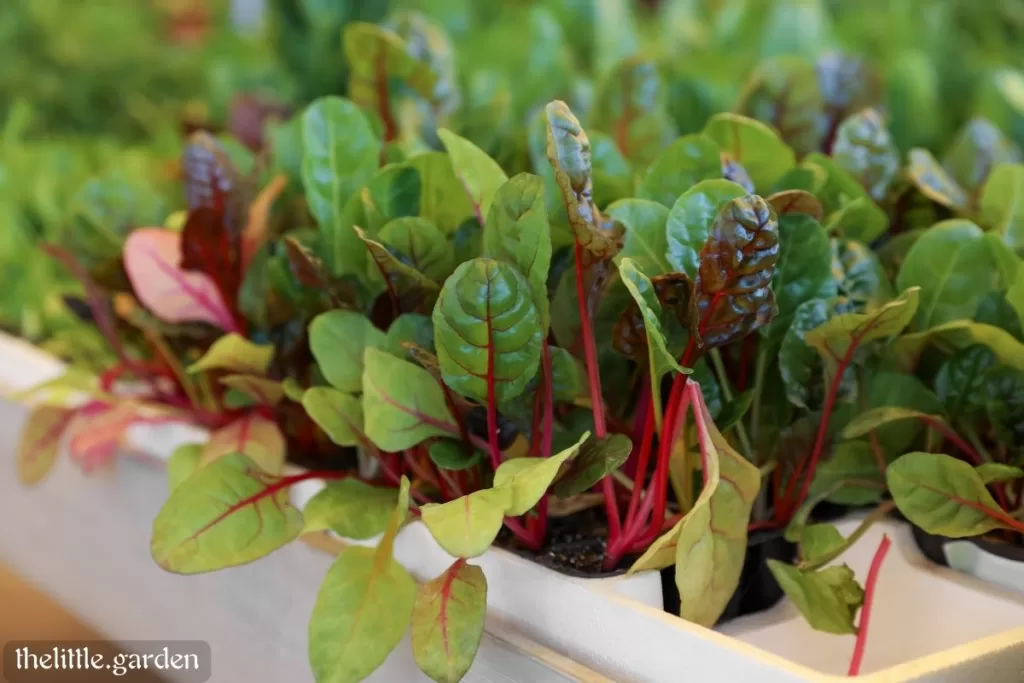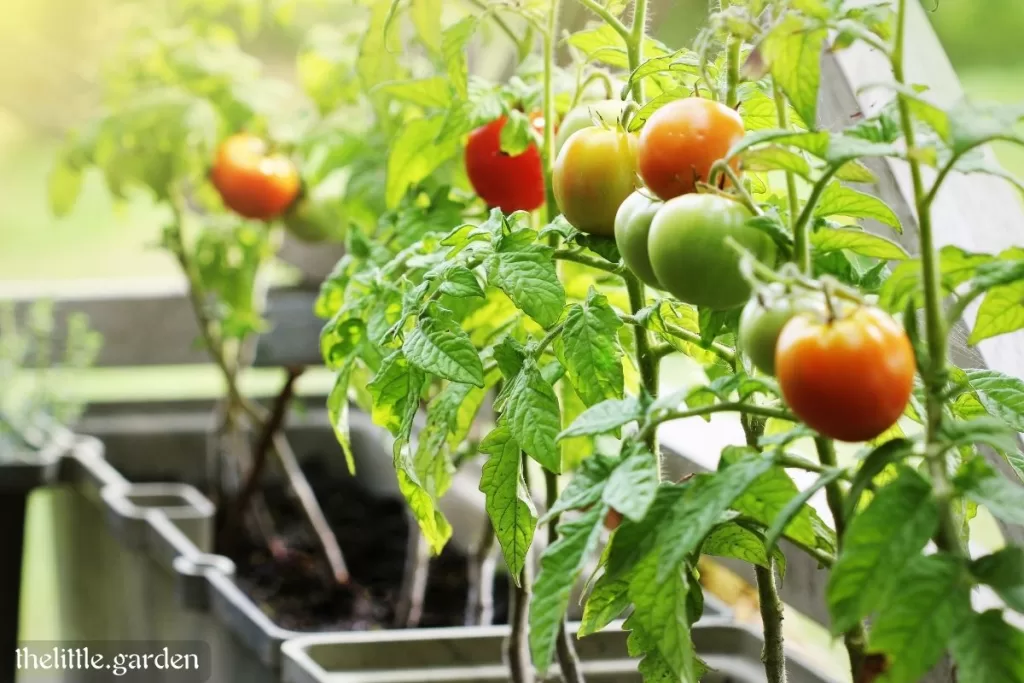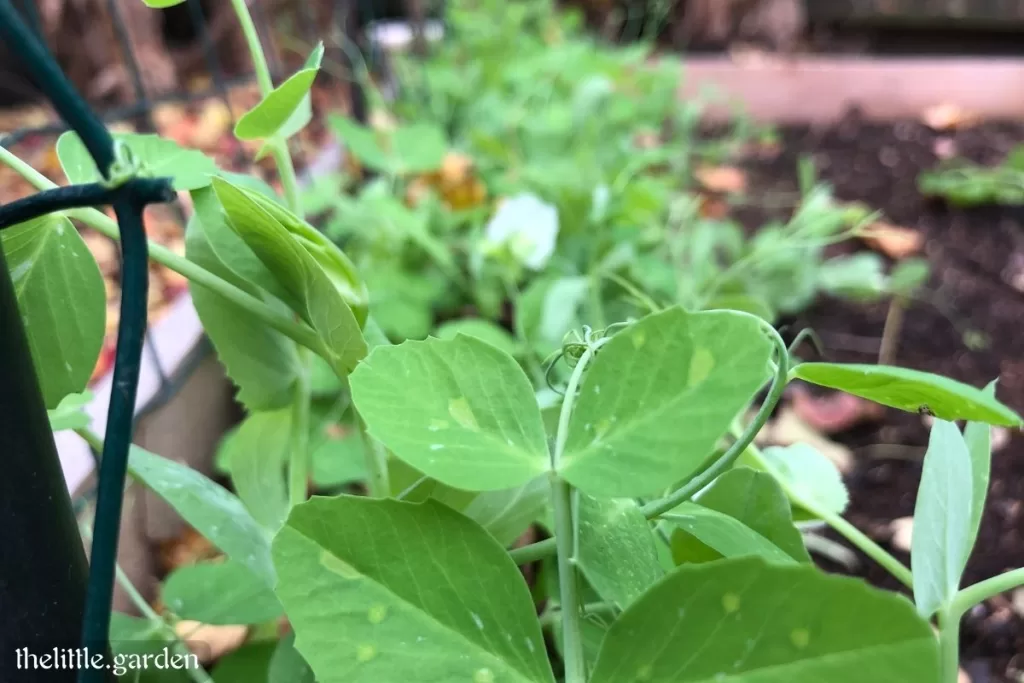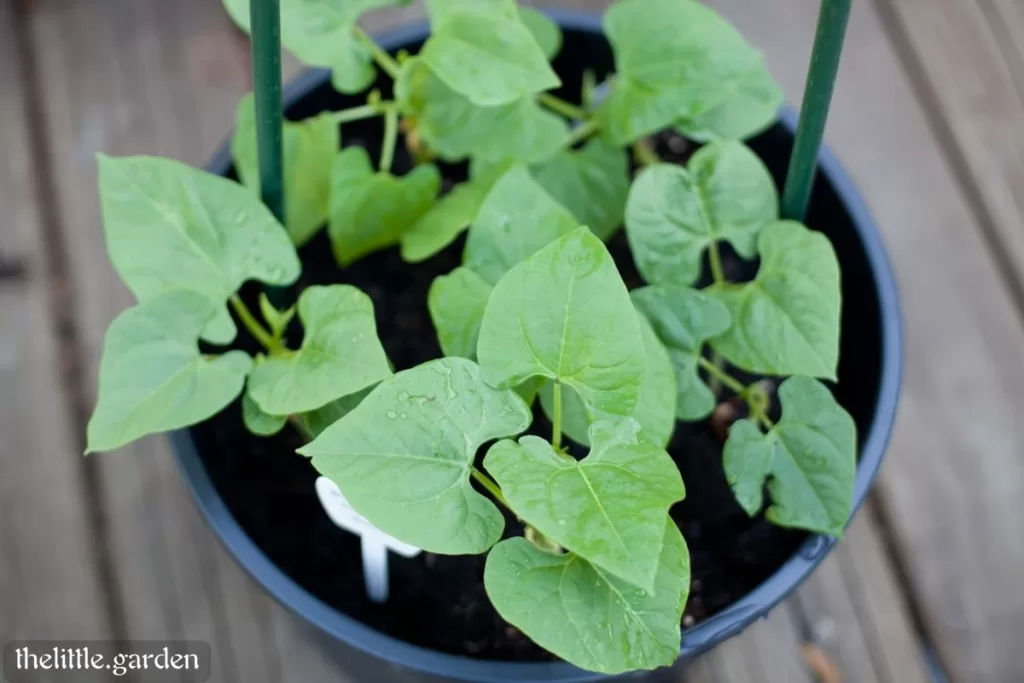Welcome to the world of indoor gardening, where we explore the art of “growing vegetables indoors. Are you also interested in discovering the “best vegetables to grow indoors” in the winter or other time of the year? Well, you’ve come to the right place.
- How to Take Care of an Orchid Indoors: Mastering Water, Soil, Light Needs & More
- From Novice to Pro: Growing Oriental Lily Flowers with Ease!
- Shade Loving Vegetables: 15 Best Vegetables, Fruits, and Herbs for You
- How Long Do Orchid Blooms Last & How to Keep an Orchid Alive for Years
- Sunburn Orchid Leaves: 5 Steps To Remedy Your Plant From The Sun
In this article, we’ll explore all of these questions and more. We’ll provide you with a comprehensive list of the top 22 plants, encompassing not only vegetables but also herbs and fruits that are ideal for indoor cultivation.
You're reading: Growing Vegetables Indoors: 22 Best Vegetables, Herbs, Fruits & How to Grow
Can You Grow Vegetables Indoors?
Absolutely! You can definitely grow vegetables indoors, and it’s easier than you might think.
- Whether you possess a green thumb or simply desire access to fresh produce throughout the year, indoor gardening presents an excellent solution.
- To begin your indoor gardening journey, all you need to do is locate a sunlight area or employ lights.
- Additionally, selecting appropriate containers with proper drainage and opting for suitable veggies such as basil and parsley (herbs), lettuce and spinach (leafy greens), cherry tomatoes, peppers, and radishes will set you on the right track.
How to Grow Vegetables Indoors
In this adventure, you won’t need acres of land or a green thumb that’s seen decades of gardening. All you need is a little space, some enthusiasm, and a desire to cultivate your own edible haven. So, grab your gardening gloves, because we’re about to dig deep into the secrets of growing vegetables indoors:
Containers:
First things first, you’ll need containers for your indoor garden. Don’t fret; you don’t need a fancy garden plot. Large pots, planting boxes, or even recycled containers can work wonders. Just make sure they have drainage holes to prevent waterlogged roots.
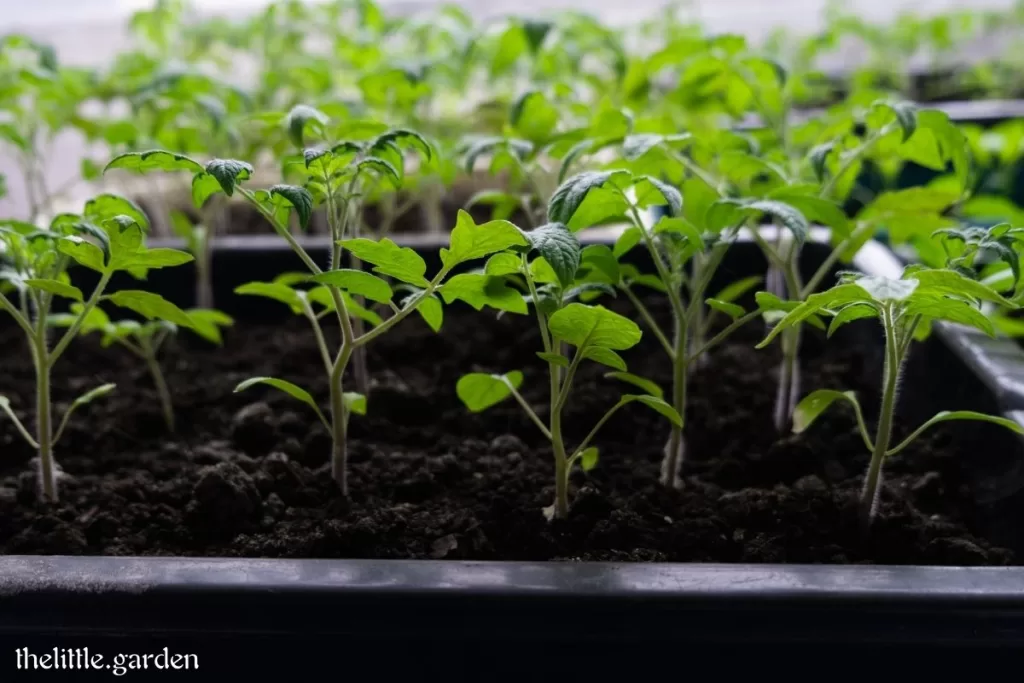
Potting Mix/Soil:
The foundation of a thriving indoor garden is good soil. Invest in a high-quality potting mix or make your own by combining equal parts of garden soil, compost, and perlite or vermiculite. This blend provides excellent aeration and drainage for your veggies.
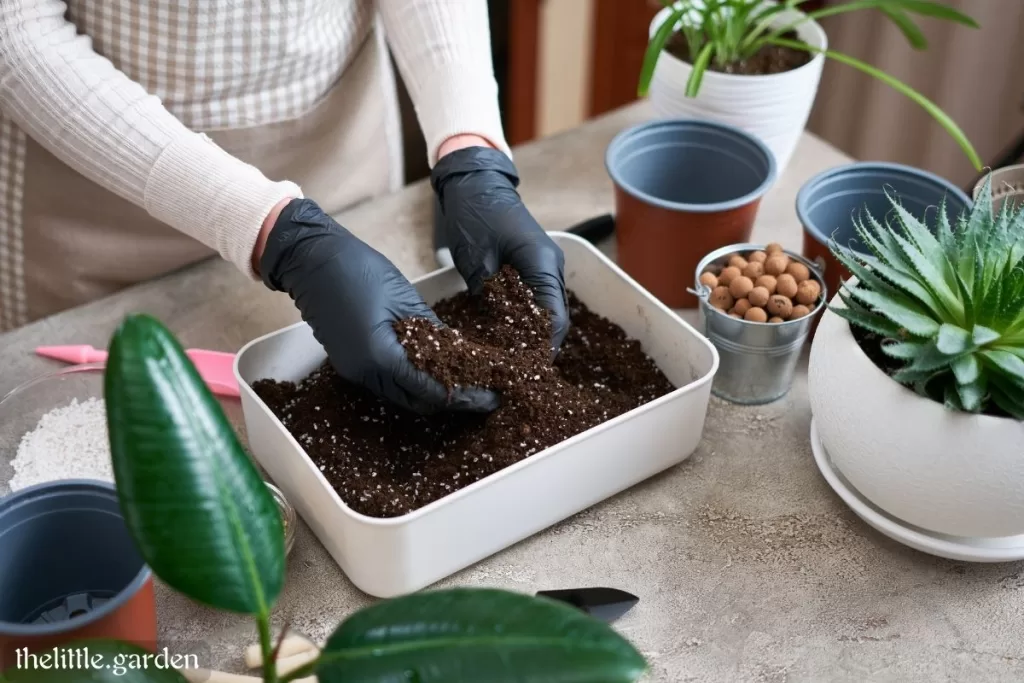
Fertilizer:
Your indoor veggies will need some nourishment. Choose a balanced, slow-release fertilizer and follow the package instructions. Remember, it’s easier to add more later than to correct over-fertilization.
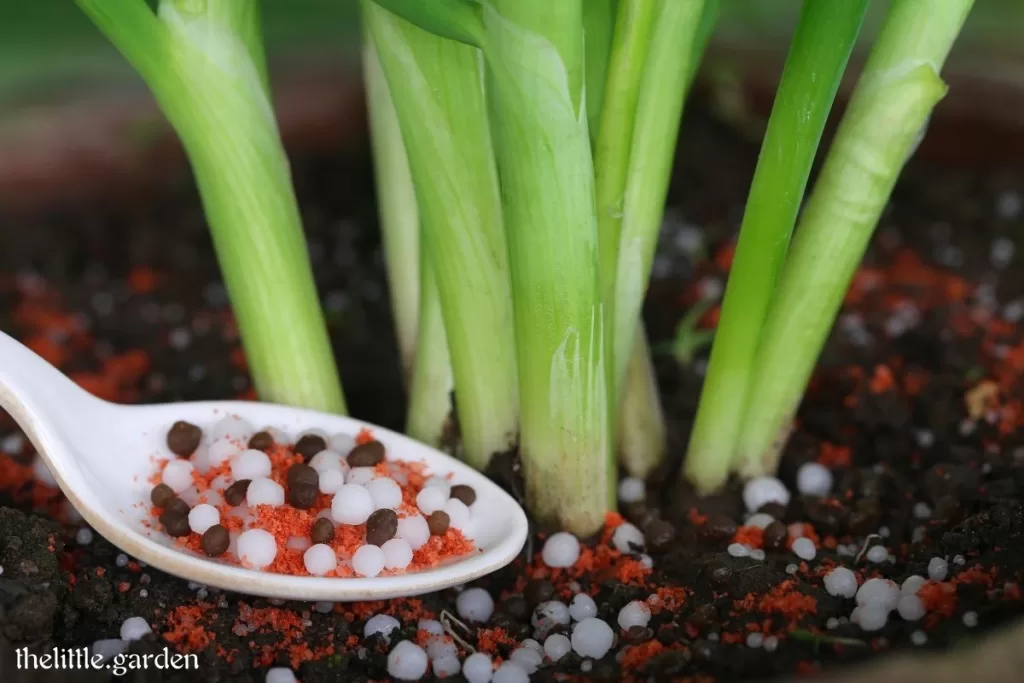
Light:
Indoor plants crave for light like we crave sunshine on a gloomy day. Place your vegetable containers near a south-facing window if possible. If natural light is limited, consider investing in full-spectrum grow lights. Keep the lights on for 12-16 hours a day for optimal growth.
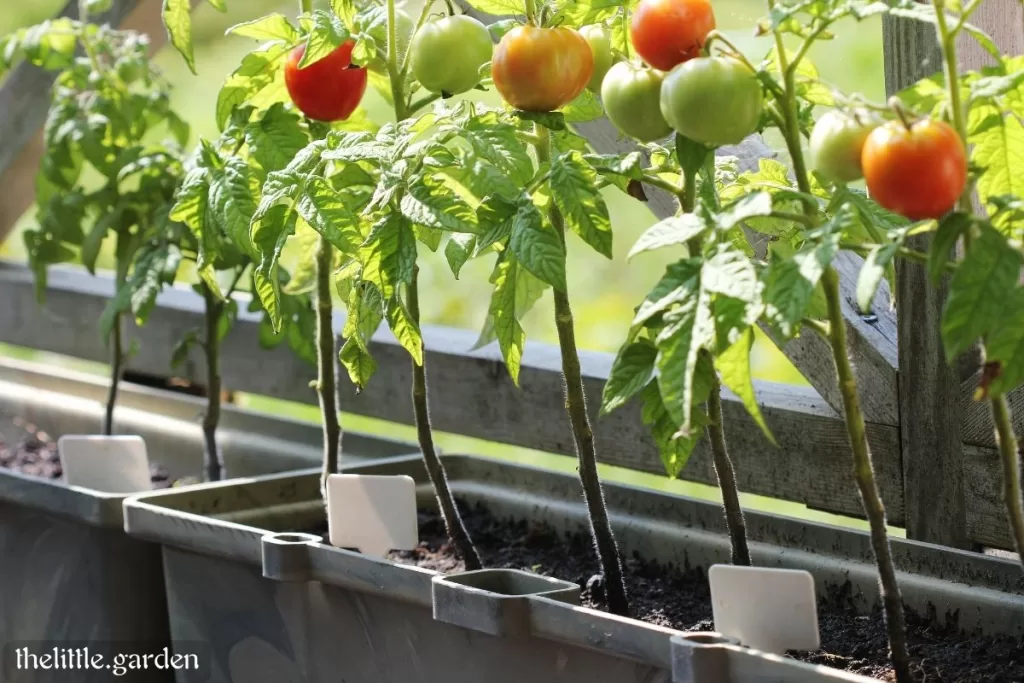
Temperature:
Most vegetables prefer temperatures between 60°F and 75°F (15°C – 24°C). Keep an eye on drafts, air conditioning, and heaters. Avoid extreme temperature fluctuations, and your veggies will thank you.
Water:
Consistent watering is key. Stick your finger into the soil to check for moisture; if it’s dry about an inch down, it’s time to water. Use room temperature water and be gentle, so you don’t disturb the roots. Remember, overwatering can be as harmful as underwatering.
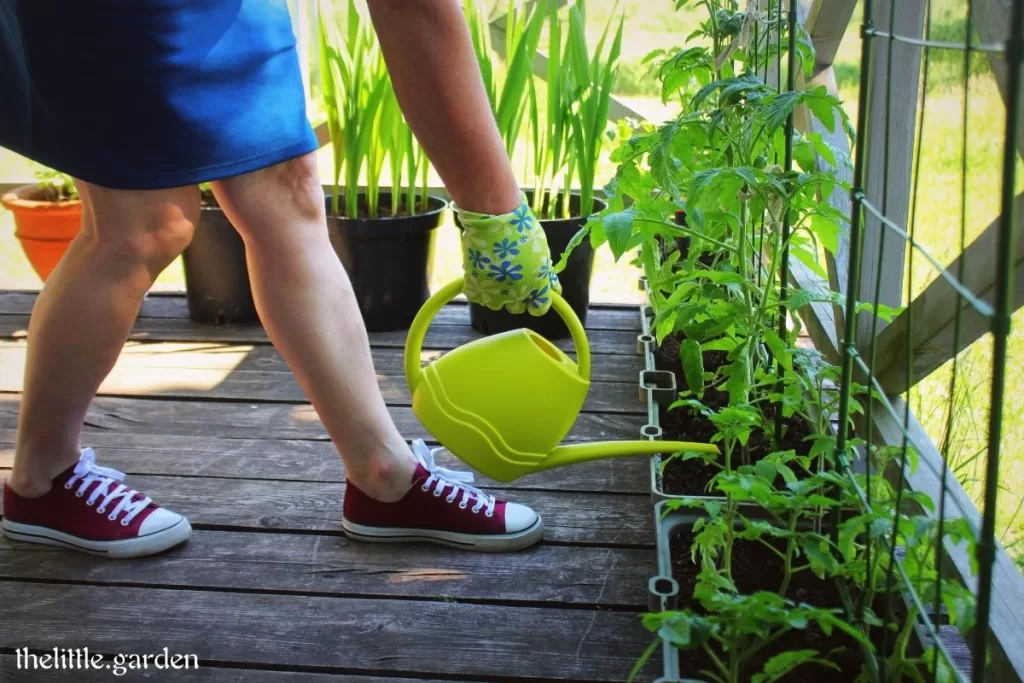
Humidity:
Veggies often appreciate a bit of extra humidity. You can increase humidity by misting your plants, placing a tray of water nearby, or using a humidifier.
Air Circulation:
Good airflow prevents pests and diseases. Use a fan on the lowest setting to gently stir the air around your plants. Also, keep your indoor garden away from strong drafts and vents.
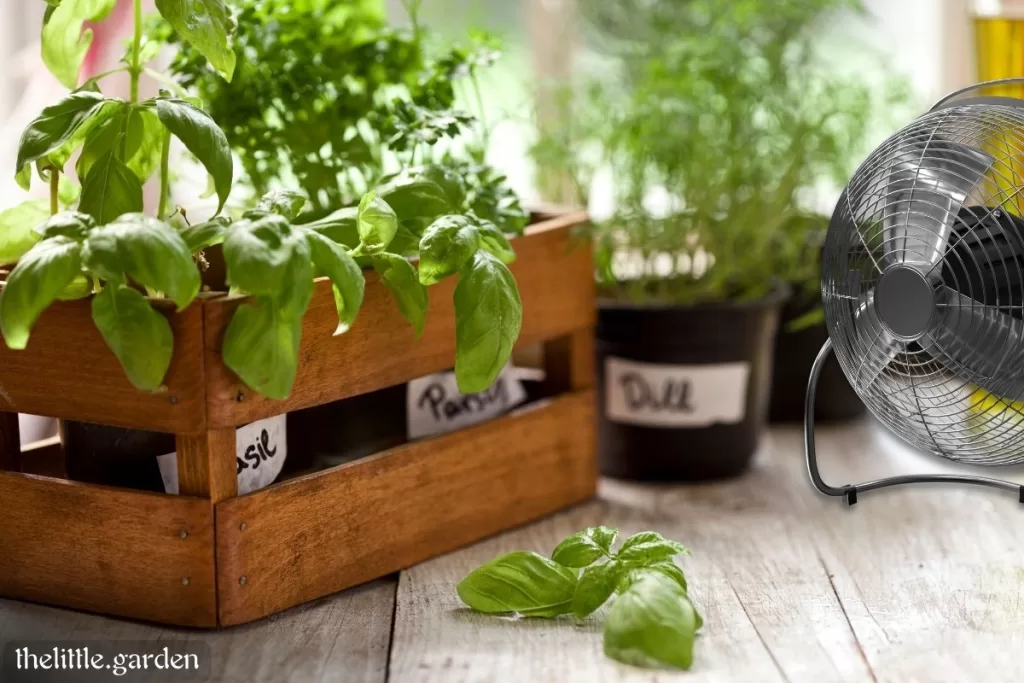
In a nutshell, creating an indoor vegetable garden is about providing your plants with a little slice of their natural habitat. Containers with good soil, proper lighting, and the right care will have your veggies thriving in no time.
Growing vegetables indoors for beginners: How to Choose the Right Plant
Choosing the right plants is the key. Begin with easy-to-grow options like herbs (basil, mint), salad greens, or tomatoes if you have ample sunlight.
Peppers, green onions, and microgreens are great choices too. Consider your space and lighting conditions while making your selection.
Indoor gardening is a learning process, so don’t get disheartened by initial setbacks. With care and the right choice of veggies, you’ll enjoy homegrown produce even in the winter.
Best Vegetables to Grow Indoors
Read more : Cutting Back Black Eyed Susans – Flowering Season
When it comes to Indoor Vegetable gardening, choosing the right vegetables is essential. Let’s explore the top picks that thrive in indoor settings.
Lettuce:
Lettuce thrives indoors due to its shallow root system. It prefers cool temperatures and needs about 12-16 hours of light daily. You can start with seeds or seedlings. Harvest in about 30–60 days. Varieties like Butterhead or Romaine are great choices for indoor growth.
Sprouts (Soya beans, Green beans, etc.):
Sprouts are perhaps the easiest plants to grow indoors, and they don’t even require soil. You can use organic seeds such as soy beans or green beans. Simply rinse them twice daily, and they’ll thrive. Sprouts don’t need much light and can be ready for consumption in just a few days.
Microgreens:
Microgreens are a breeze to cultivate indoors. You can densely sow them in trays, and while they prefer bright indirect sunlight, they don’t necessarily require special grow lights. Ensure regular watering, and in about 7-21 days, you can start harvesting these nutrient-packed tiny greens. Experiment with various microgreen varieties to add both flavor and nutrition to your meals.
Carrots:
Carrots can thrive indoors, especially when you choose shorter varieties. Plant them in deep containers and ensure they receive at least 6 hours of sunlight or utilize grow lights. Keeping the soil evenly moist is crucial for their growth. Expect to harvest sweet, crunchy carrots in about 50-80 days. Varieties like ‘Thumbelina’ or ‘Paris Market’ are well-suited for indoor gardening.
Radishes:
Radishes are quick growers, making them ideal for indoor containers. Plant them in well-drained soil and provide them with 6-8 hours of sunlight. Keep the soil consistently moist, and you can typically harvest these zesty veggies in just 25-30 days. The ‘Cherry Belle’ variety is particularly suitable for indoor cultivation.
Peppers:
Smaller pepper varieties like ‘Mini Bell’ can thrive indoors, provided they receive around 8 hours of sunlight or utilize a grow light system. Moderately water the plants, ensuring consistent moisture. Harvest your peppers when they reach the desired size and color, usually after 60–90 days.
Beetroot (Beets):
Beetroot, or beets, can also grow successfully in deep containers indoors. They prefer cooler temperatures and require regular watering. You can typically harvest beets in 50-70 days. The ‘Detroit Dark Red’ variety is recommended for indoor growth.
Tomatoes (Baby tomatoes):
Cherry or grape tomatoes, often referred to as baby tomatoes, can do well indoors. They require at least 6 hours of direct sunlight or the use of a grow light system. Keep the soil consistently moist, and harvest these juicy treats when they ripen. Varieties like ‘Tiny Tim’ or ‘Patio Princess’ are well-suited for indoor gardening.
Snap peas (Tendersweet):
Snap peas, especially the ‘Tendersweet’ variety, grow beautifully indoors with proper support. Ensure they receive 8–10 hours of sunlight or use a grow light. Maintain consistent soil moisture, and you can harvest these delectable peas when the pods become plump, typically in about 60–75 days.
Bush Beans:
Bush beans, such as ‘Blue Lake,’ are compact and fit well in containers. They require approximately 6–8 hours of sunlight. Keep the soil consistently moist, and you can expect a harvest in about 50–60 days. Varieties like ‘Blue Lake’ are excellent for indoor gardening, providing tender and tasty beans.
Remember, consistent watering, appropriate container sizes, and proper drainage are essential for all indoor plants. Adjust care in fall/winter by reducing watering frequency and ensuring adequate humidity. Prune herbs regularly to encourage bushier growth. Enjoy your indoor gardening journey!
Best Herbs to Grow Indoors
Scallions or Chives:
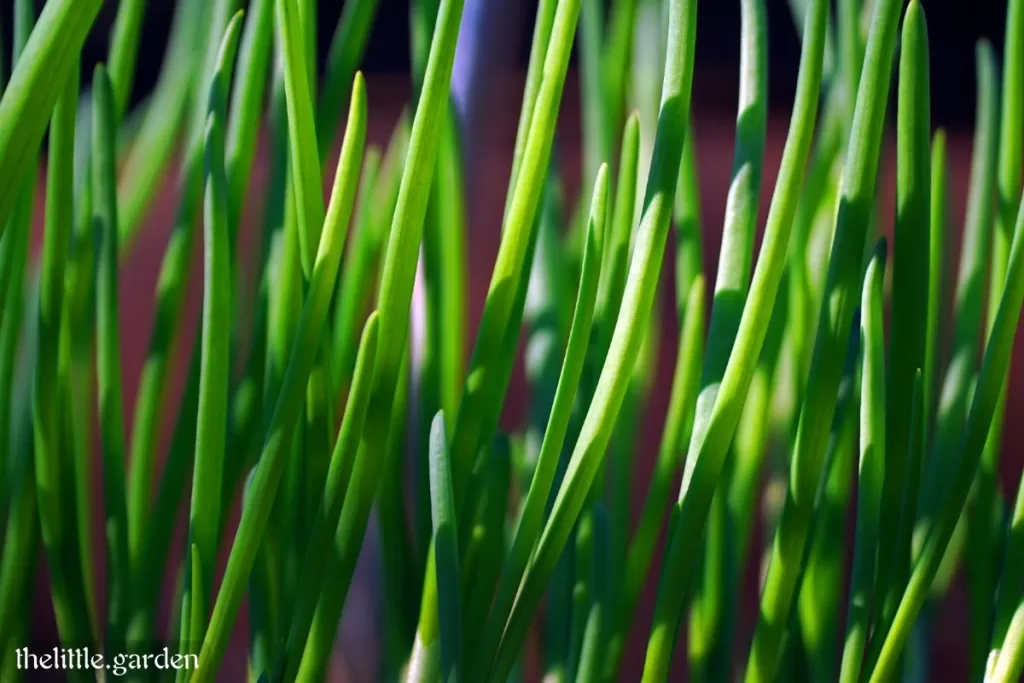
Scallions, or chives, are hassle-free herbs for indoor cultivation. They’re robust and beginner-friendly. Start them from seeds or young plants, spacing them 4 inches apart.
These herbs thrive in bright, indirect light, often without the need for additional grow lights. Maintain consistent moisture without overwatering. In the fall and winter, ease up on watering. Frequent pruning encourages fresh growth, and you can begin harvesting when they reach 6–8 inches.
Garlic:
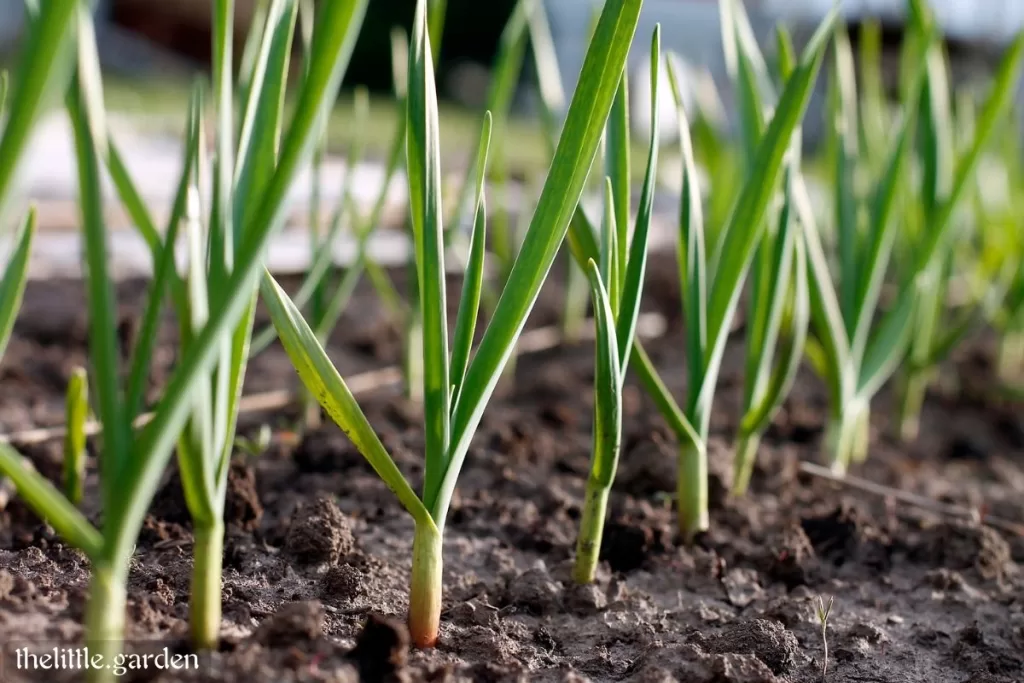
Growing garlic indoors is relatively straightforward. Begin with garlic cloves in well-draining soil, and after sprouting, provide them with ample sunlight or a grow light. Water only when the soil is dry. Adjust watering for fall and winter. Prune any yellowing leaves. Harvest when the leaves turn brown, usually after 8-10 months.
Basil:
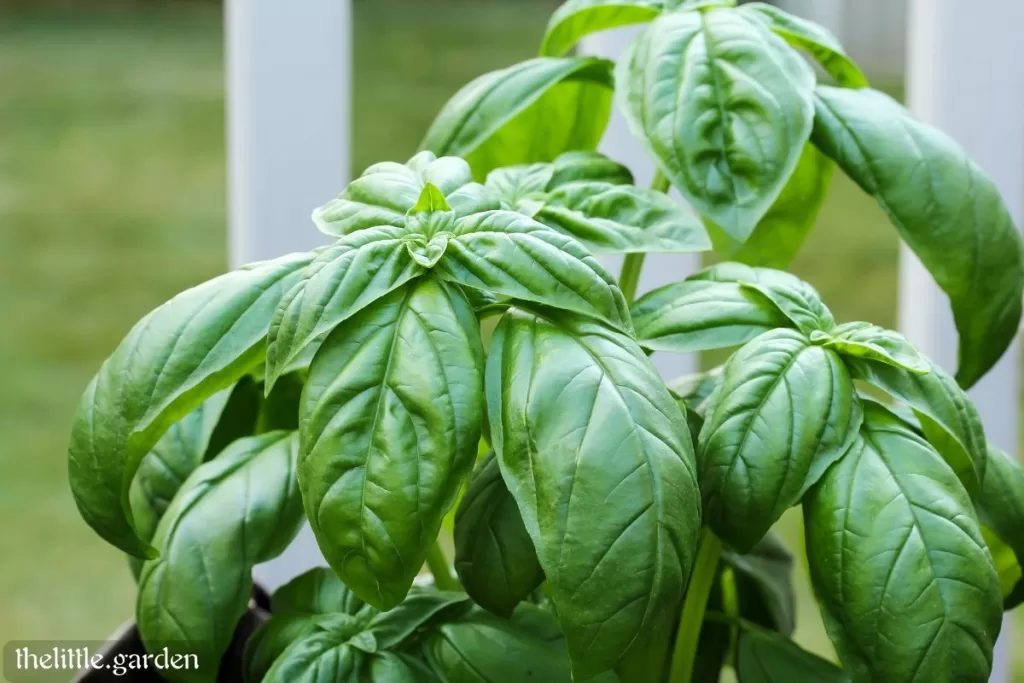
Basil adapts well to indoor conditions. Plant seeds or young plants, spacing them 6-8 inches apart. It thrives in bright, indirect light or under a grow light, with consistently moist soil. During the fall and winter, prune regularly to prevent leggy growth. Harvest once it has several sets of leaves, typically within 2-3 months.
Parsley:
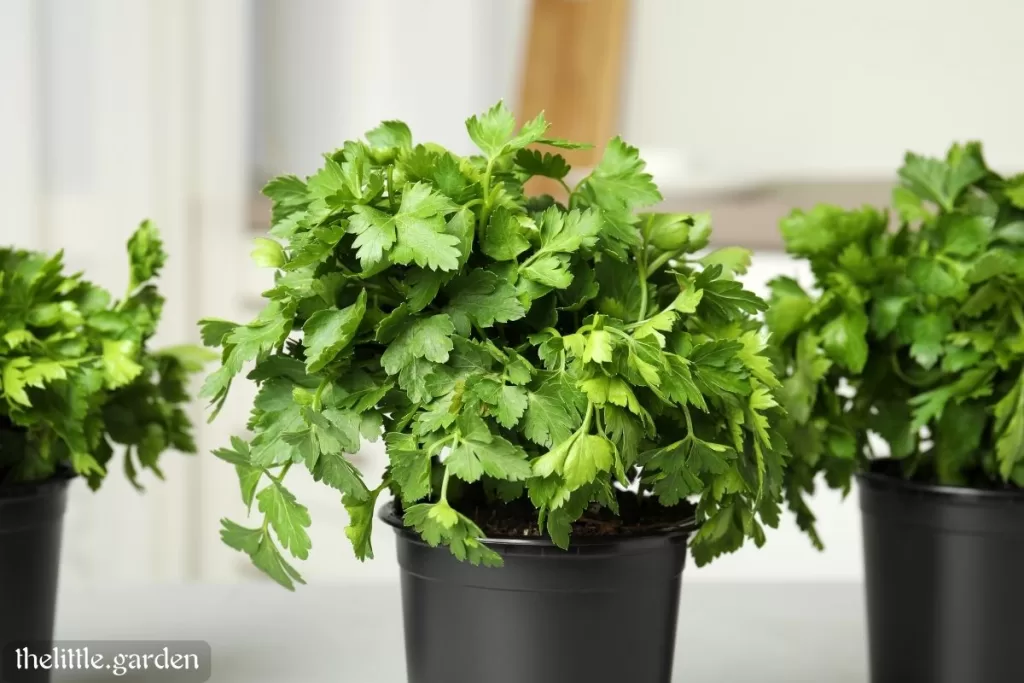
Read more : 20 of the Best Invasive Ground Cover with Purple Flowers
Parsley is hardy and suits indoor growth. Start from seeds or young plants, spaced 6 inches apart. Bright, indirect light is essential. Keep soil consistently moist but not waterlogged. In fall and winter, reduce watering. Regularly trim stems for fresh growth. Harvest once leaves develop, usually in 2-3 months.
Cilantro:
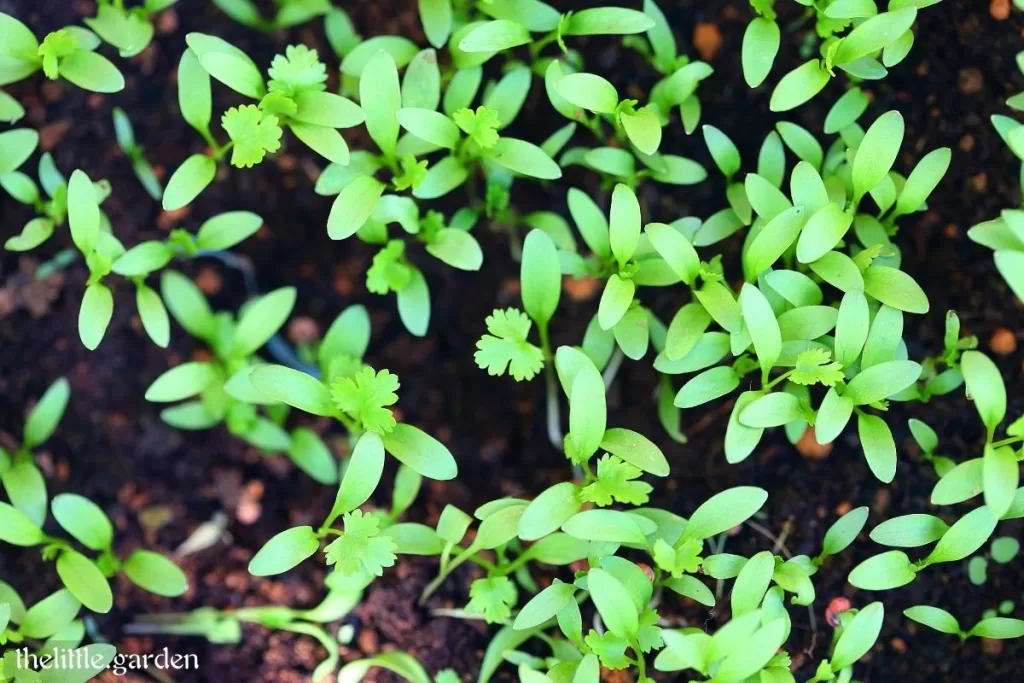
Cilantro can thrive indoors. Sow seeds directly or transplant young plants, spacing them 4-6 inches apart. Bright, indirect light is best. Keep the soil consistently moist. In the fall and winter, maintain cooler temperatures. Pinch back stems to prevent bolting. Harvest when the leaves are large enough, typically in 3-4 weeks.
Rosemary:
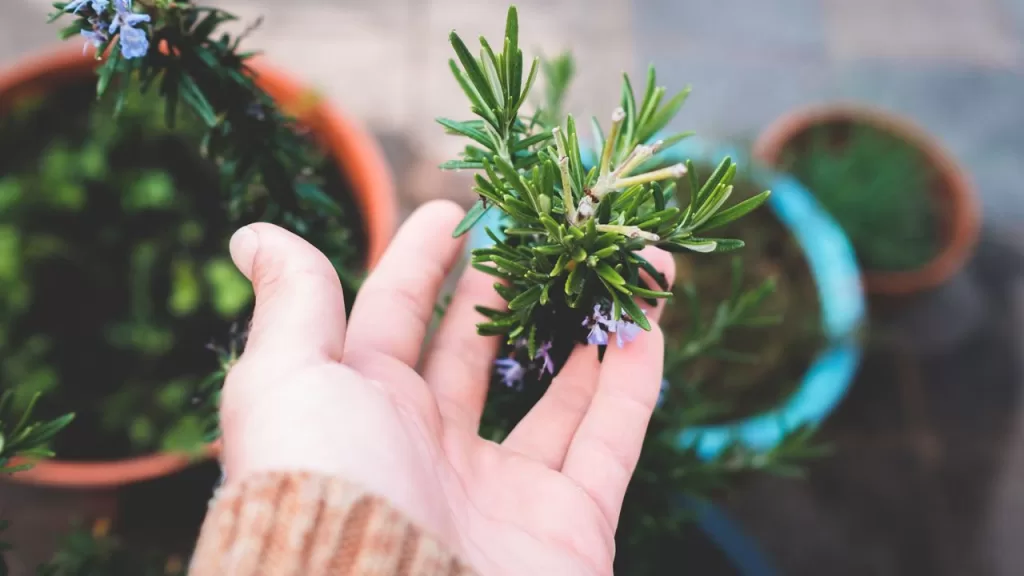
Rosemary thrives indoors with sufficient light. Start with a young plant. Provide 6-8 hours of direct sunlight or a grow light. Water when the top inch of soil is dry, maintaining moisture in fall and winter. Prune regularly to shape and encourage bushiness. Harvest stems when they reach 6-8 inches, usually in 3-4 months.
Sage:
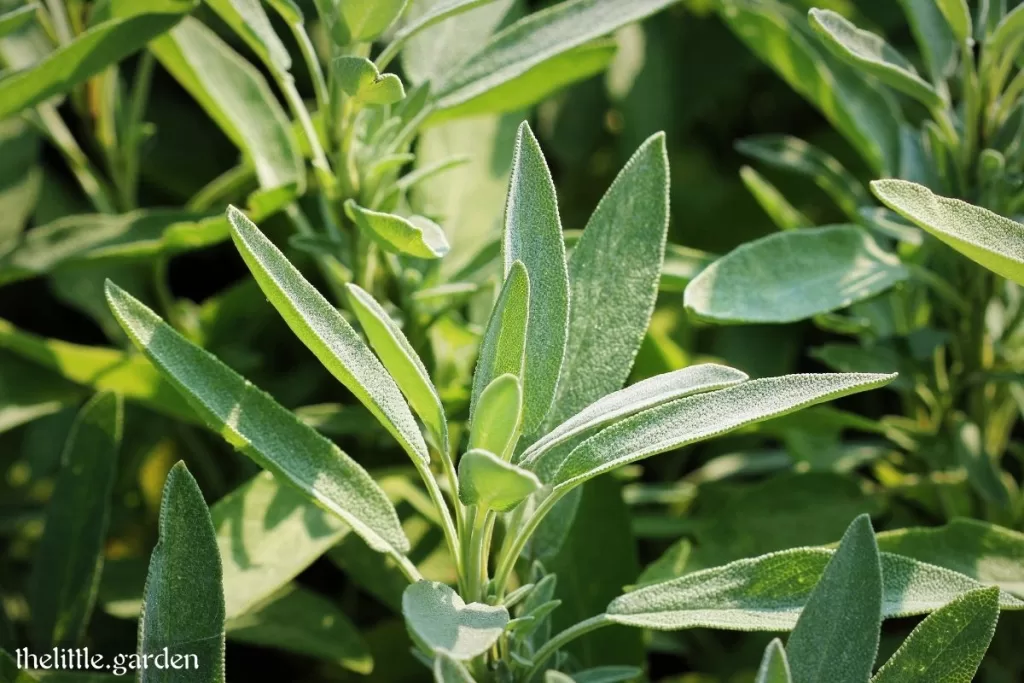
Sage is hardy and suitable for indoor growth. Begin with a young plant. It prefers bright light but can tolerate some shade. Water when the soil surface dries. During the fall and winter, reduce watering slightly. Prune for shape and fullness. Start harvesting when the plant is established, often after 2-3 months.
Specific indoor-friendly herb varieties include compact basil, dwarf rosemary, and aurea sage. Enjoy fresh herbs year-round!
Best Fruits For Growing Indoors
Let’s take a journey through the delightful world of indoor fruit gardening. Learn the secrets of cultivating these indoor wonders, from proper sunlight to watering tips and harvesting advice.
Meyer Lemon:
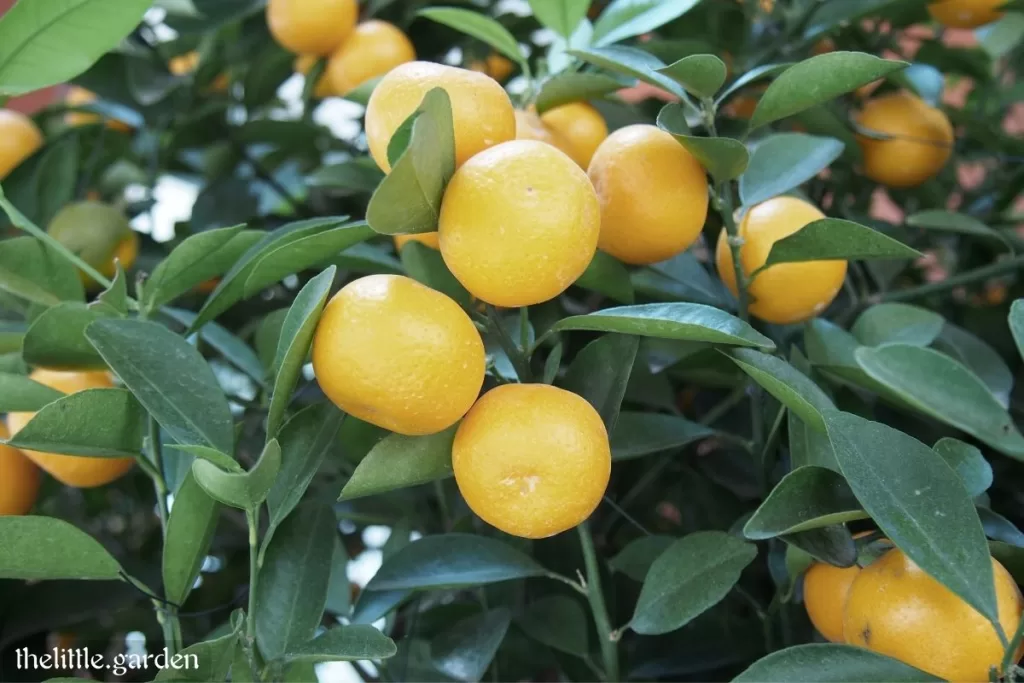
Meyer lemon trees are excellent for indoor gardening. They’re easy to grow because of their compact size and adaptability to containers. Plant them in well-draining soil and ensure they get 8-12 hours of direct sunlight, or use a grow light. Water when the soil is slightly dry. Harvest when the lemons turn a vibrant yellow, usually after 6-9 months.
Kumquat:
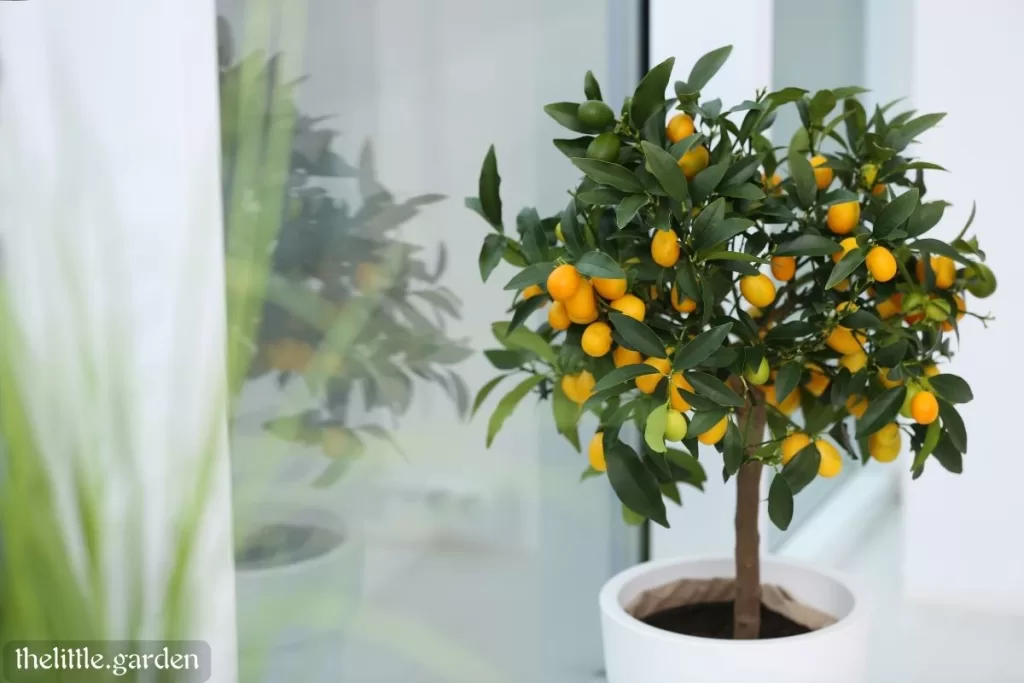
Kumquat trees are small and thrive indoors. They need at least 6 hours of sunlight. Allow the soil to dry out slightly between waterings. You can harvest the small, sweet-tart fruits after about a year.
Strawberries (varieties like ‘Temptation’ or ‘Tristan’):
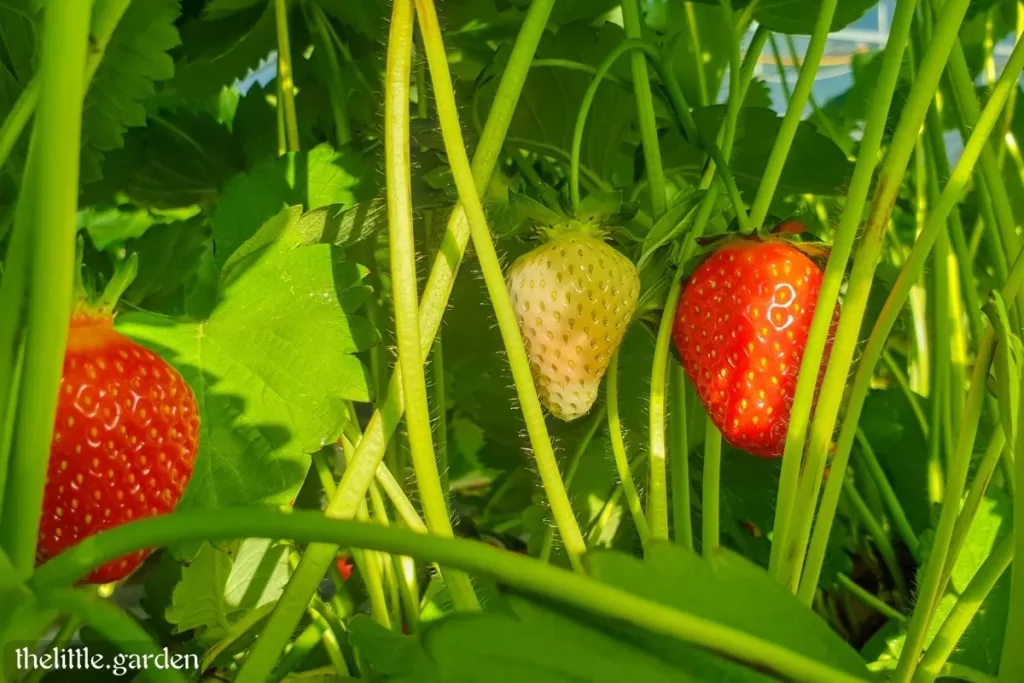
Strawberries are perfect for hanging baskets or containers. They need 6-8 hours of sunlight and slightly acidic soil. Provide support for trailing varieties. Water consistently and harvest ripe berries when they turn red, typically within 4-6 weeks.
Blueberries (Dwarf varieties like ‘NorthBlue’ or ‘Top Hat’):
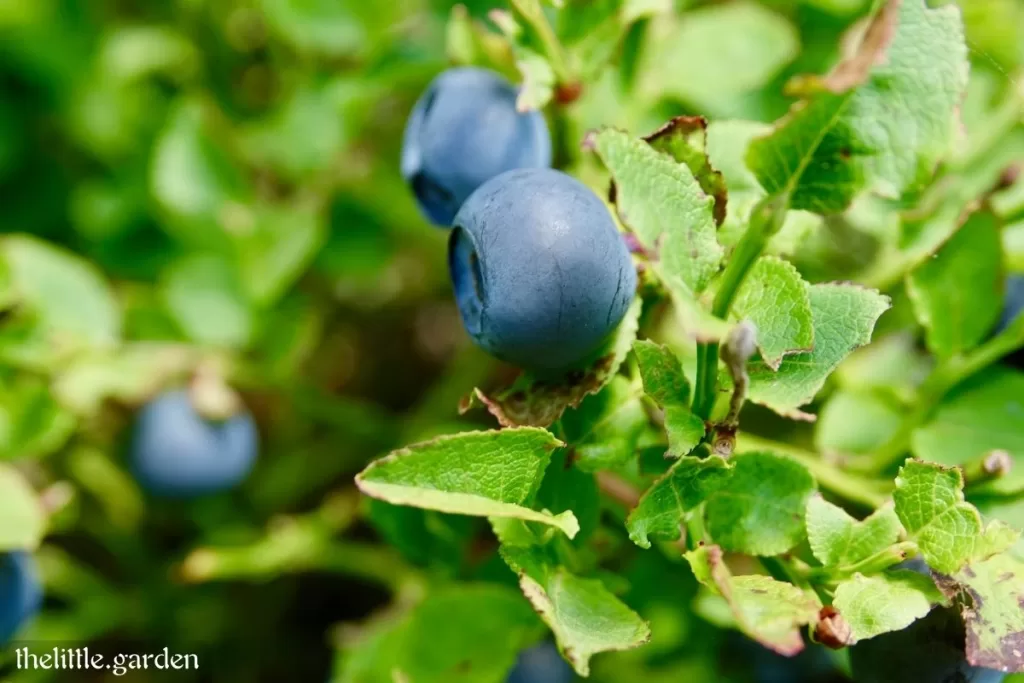
Dwarf blueberry bushes are well-suited for indoors. They require acidic soil, 8-10 hours of sunlight or a grow light, and consistent moisture. Prune in late winter. Expect blueberries after 2-3 years.
Calamondin Orange:
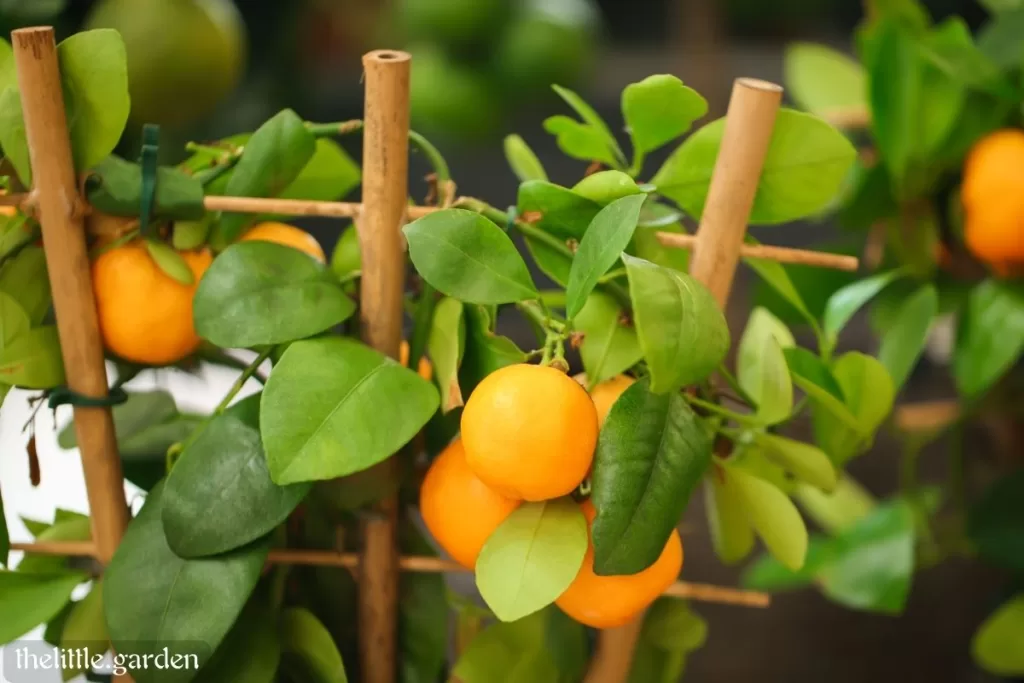
Calamondin oranges are small and easy to grow indoors. They need 8-12 hours of direct sunlight or a grow light. Keep the soil consistently moist and ensure good drainage. Harvest when the fruits are bright orange, usually after 6-9 months.
Coffee (Coffea arabica):
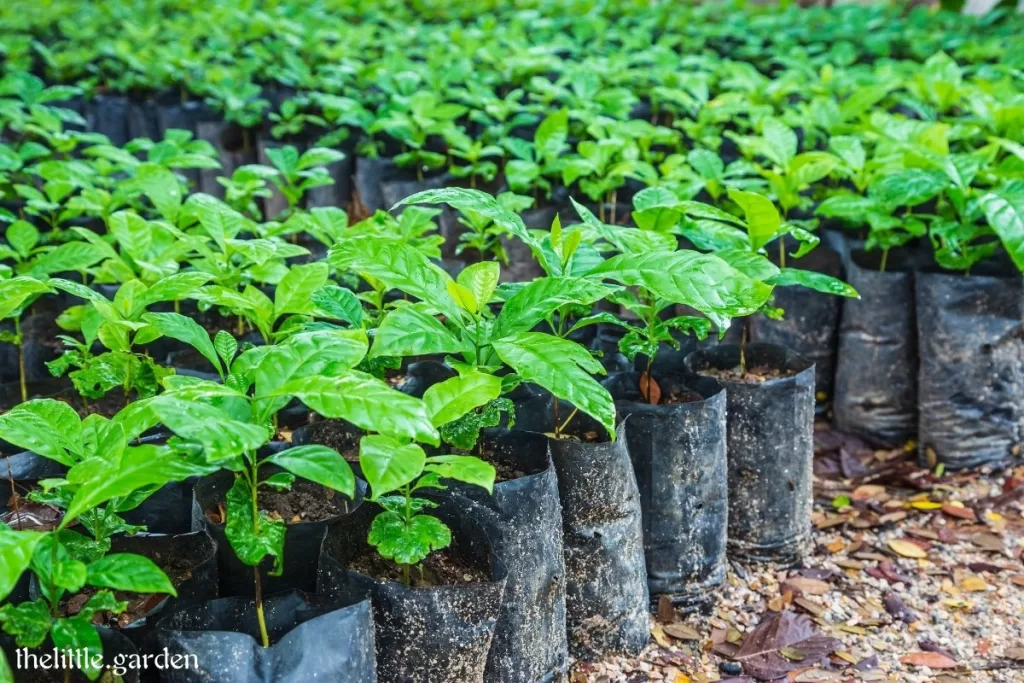
Coffee plants thrive indoors in a warm, humid environment. They need bright, indirect light and well-draining soil. Keep the soil consistently moist but not waterlogged. Prune occasionally to maintain shape. It takes about 3-4 years to harvest coffee cherries.
Dwarf Pomegranate:
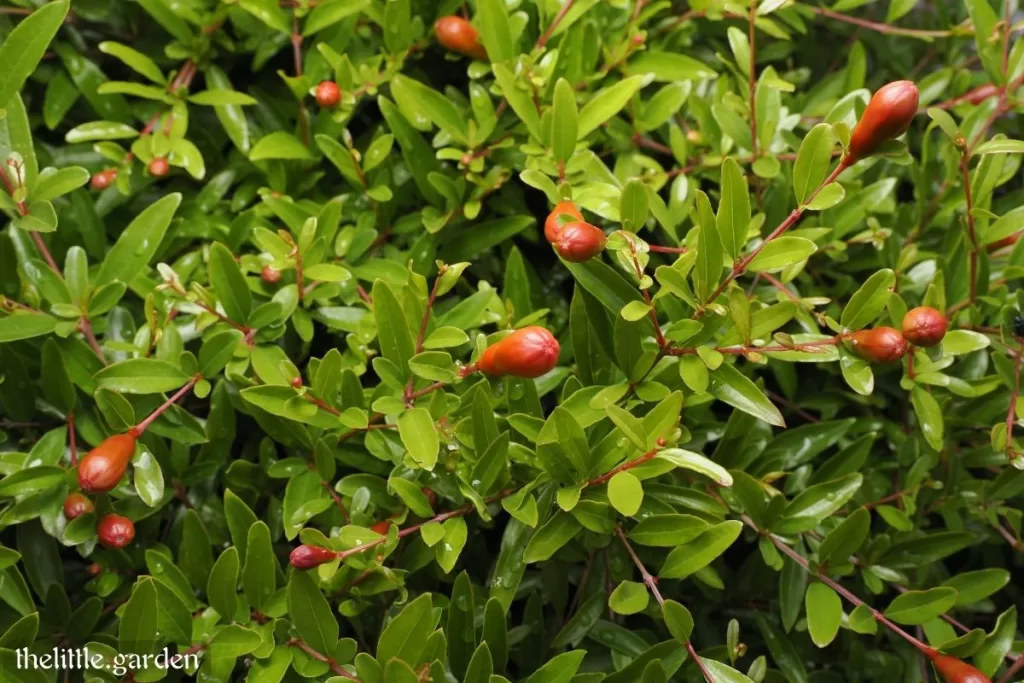
Dwarf pomegranate trees are compact and ideal for containers. They require 6-8 hours of sunlight and well-draining soil. Water when the soil is dry. Prune in late winter. You can expect fruit after 2-3 years.
For all these fruits, remember that consistent care is key. Provide humidity, avoid overwatering, and adjust watering frequency in fall/winter when the growth slows down. Prune as needed for shape and to encourage healthy growth.
Related Article:
- 22 of The Best Indoor Plants That Are Safe for Cats and Dogs
- 28 of the Best Evergreen Ground Cover for Shade and Full Sun: Year-Round Beauty
- 21 Flowers That Bloom in Winter & Best Winter Plants for Pots
- How to Care for Lavender Plant Outdoors & Indoors: Essential Tips
Successful Tips for Starting an Indoor Garden
Starting an indoor garden is a rewarding endeavor, whether you’re a seasoned green thumb or a beginner. Here are some successful tips to ensure your indoor garden thrives:
- Choose the Right Location: Identify a spot with adequate sunlight. South-facing windows are ideal, but if natural light is scarce, invest in grow lights.
- Selecting the Right Plants: Begin with easy-to-grow plants like herbs, lettuce, or microgreens. Consider your available space and skill level.
- Use Proper Containers: Ensure your pots or containers have drainage holes to prevent overwatering. Use well-draining soil to avoid root rot.
- Water Wisely: Overwatering is a common mistake. Allow the top inch of soil to dry before watering. Use a saucer to catch the excess water.
- Temperature and Humidity: Maintain a consistent temperature between 60-75°F (15-24°C). Increase humidity for tropical plants with misting or a humidity tray.
- Fertilize Appropriately: Use a balanced, water-soluble fertilizer to provide essential nutrients. Follow package instructions to avoid overfertilization.
- Prune and Maintain: Regularly prune your plants to encourage healthy growth. Remove dead leaves and spent flowers.
- Monitor Pests: Keep an eye out for pests like aphids or spider mites. Address issues promptly with natural remedies or insecticidal soap.
- Enjoy the Journey: Indoor gardening is a fulfilling hobby. Take pleasure in nurturing your green companions and relish the beauty and flavors they bring to your home.
Vegetables you can grow indoors in the winter: Summary
In conclusion, welcome to the exciting world of indoor gardening, where we’ve delved into the art of “Growing Vegetables Indoors.” We’ve covered the best vegetables to grow indoors and provided valuable insights on how to nurture these greens, even in the heart of winter. Whether you’re a gardening enthusiast or a novice, you now have a checklist of 22 fantastic plants, including vegetables, herbs, and fruits, perfect for cultivating indoors. By following our tips and maintaining a consistent care routine, you can transform your living space into a lush, green paradise.
Source: https://thelittle.garden
Category: Flowers

